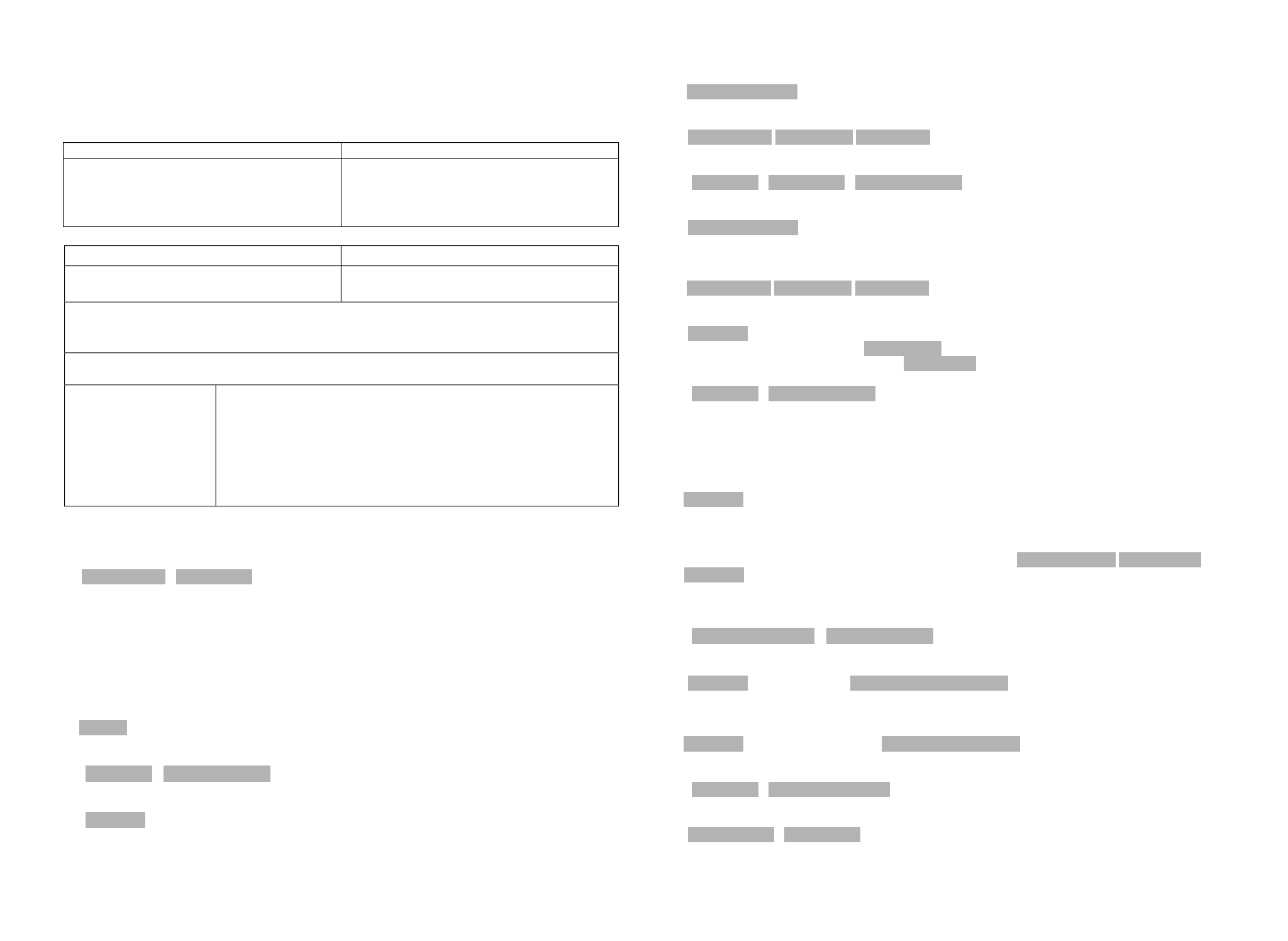
Opus #2
Registers/Clusters
Concept:
Student Outcomes:
REGISTERS & CLUSTERS – Pitch/ Melody: Pitch or
melody may be in a high, middle or low register.
Harmony: A melody may be accompanied by
single pitches, intervals or chords.
Identify and play various registers.
Analyze musical affect/use of registers.
Vocabulary/Keyboard:
Vocabulary/Keyboard:
Symbols:
- registers (very high, high, middle, low, very low),
treble and bass clefs
- registers (very high, high, middle, low, very low),
treble and bass clefs
treble clef, bass clef (or Chart 3 equivalent) – do
not have any verbage here – just graphic
Assessment (Quiz 2) – This quiz focuses on visual/aural discrimination through the use of a quiz
overhead for all the questions. Students determine whether or not cluster patterns (from overhead) are
played correctly.
Assessment (Quiz 2) – This quiz focuses on visual/aural discrimination through the use of a quiz
overhead for all the questions. Students determine whether or not cluster patterns (from overhead) are
played correctly.
Assessment (Quiz 2) – This quiz focuses on visual/aural discrimination through the use of a quiz
overhead for all the questions. Students determine whether or not cluster patterns (from overhead) are
played correctly.
Repertoire: The Siamese Cat Song, Chinese Dance from The Nutcracker, Lama Norbu Gyamtsho,
Theme from Jaws, Also Sprach Zarathustra
Repertoire: The Siamese Cat Song, Chinese Dance from The Nutcracker, Lama Norbu Gyamtsho,
Theme from Jaws, Also Sprach Zarathustra
Repertoire: The Siamese Cat Song, Chinese Dance from The Nutcracker, Lama Norbu Gyamtsho,
Theme from Jaws, Also Sprach Zarathustra
National Standards:
1. NS 2, 5
2. NS 1, 2, 5
3. NS 2
4. NS 6, 9
S. NS 2, 6, 7
R. NS 5
State/Local Standards:
1.
2.
3.
4.
5.
S.
R.
State/Local Standards:
1.
2.
3.
4.
5.
S.
R.
Sequence of Activities:
1. Identify & Play - Low, middle, high clusters (Worksheet 2/Chart 3)
A. Normal Mode Worksheet 2 Ask students to remove keyboard divider. Have them:
• circle each group of two black keys on Worksheet 2, Number 1.
• take turns playing circled clusters on keyboards.
• circle groups of three black keys on Number 2.
• take turns playing these circled clusters on keyboards.
B. Demonstrate and describe the five registers of the keyboard (very low, low, middle, high, very high).
Have students:
• show each example using body levels (toes, knees, waist, shoulders, head).
C. Have students:
• take turns playing clusters in different registers of the keyboards.
D. Chart 3 Introduce treble clef, bass clef and location of each register on Chart 3. Have students:
• identify clusters and register of examples written on Chart 3.
• play each example in correct register of keyboards.
Split Mode
Lesson Completed
2. Play & Sing - The Siamese Cat Song: Part 1 (Song 2)
A. Play Song The Siamese Cat Song and sing melody. Encourage students to:
• track, then read words.
• listen to song and tap steady beat.
• sing melody and tap steady beat.
B. Play Student Part 1 Have students:
• find Part 1 on music; listen/track.
• discuss clef, clusters, registers and similar patterns.
C. Normal Mode Speakers Off Play Melody With headsets on, let students:
• take turns playing Part 1 on highest registers of keyboards while partner tracks.
• repeat Part 1 with melody. Encourage students to sing.
Split Mode Speakers On Lesson Completed
3. Play -The Siamese Cat Song: Parts 1 & 2 (Song 2)
A. Play Student Part 2 Have students:
• find Part 2 on music; listen/track.
• discuss clef, clusters, registers and similar patterns.
B. Normal Mode Speakers Off Play Melody With headsets on, let students:
• take turns playing Part 2 on the lowest registers of keyboards while partner tracks.
• repeat Part 2 with melody. Encourage students to sing.
C. Play Song Divide partners between Parts 1 & 2 and let them:
• practice two parts together. Speakers Off
• play parts with song (headsets off). Speakers On
• Option: take turns, one playing both parts while the other tracks. Switch.
Split Mode Lesson Completed
4. Listen - Melody may be in a high, middle or low register
A. Ask students to:
• think of familiar sounds that are in low, middle or high registers.
• suggest sounds in different registers (i.e. birds singing for high register, people talking for mid-
dle register, thunder for low register).
B. Play Song Chinese Dance from The Nutcracker by Peter I. Tchaikovsky. This piece begins with a
repeated rhythm in a low register and melody in a high register. Have students:
• identify registers of flutes (high) and bassoons (low).
• create movements to show high/low register (body levels).
• on silent keyboards, play various registers being heard. Silent Keyboards Note Monitor
C. Play Song Lama Norbu Gyamtsho. The men singing are Buddhist monks from Tibet. By singing in
this low register, the monks are able to make the sacred text unintelligible to those who should not
hear it. Have students:
• indicate register by playing along on appropriate cluster (very low).
Sound On Keyboards
Lesson Completed
S. Synthesis: Analyze - Music Performance (use of registers)
A. Play Song Theme from Jaws. Normal Mode – Contrabass Have students:
•
play the two pitches used in Jaws (E-F) in various registers with song.
• discuss effectiveness of each performance (encourage the use of terms “very low, low, middle,
high, very high”)
B. Play Song Also Sprach Zarathustra. Normal Mode - Timpani Have students:
• play the two pitches used in timpani part of song (C-G-C-G, etc.) in various registers.
• discuss effectiveness of each performance.
Split Mode Synthesis Completed
R. Review (Worksheet 3)
A. Note Monitor Worksheet 3 Write two & three black key cluster patterns on Worksheet 3 over-
head. Play pattern (correctly or incorrectly). Have students:
113


















